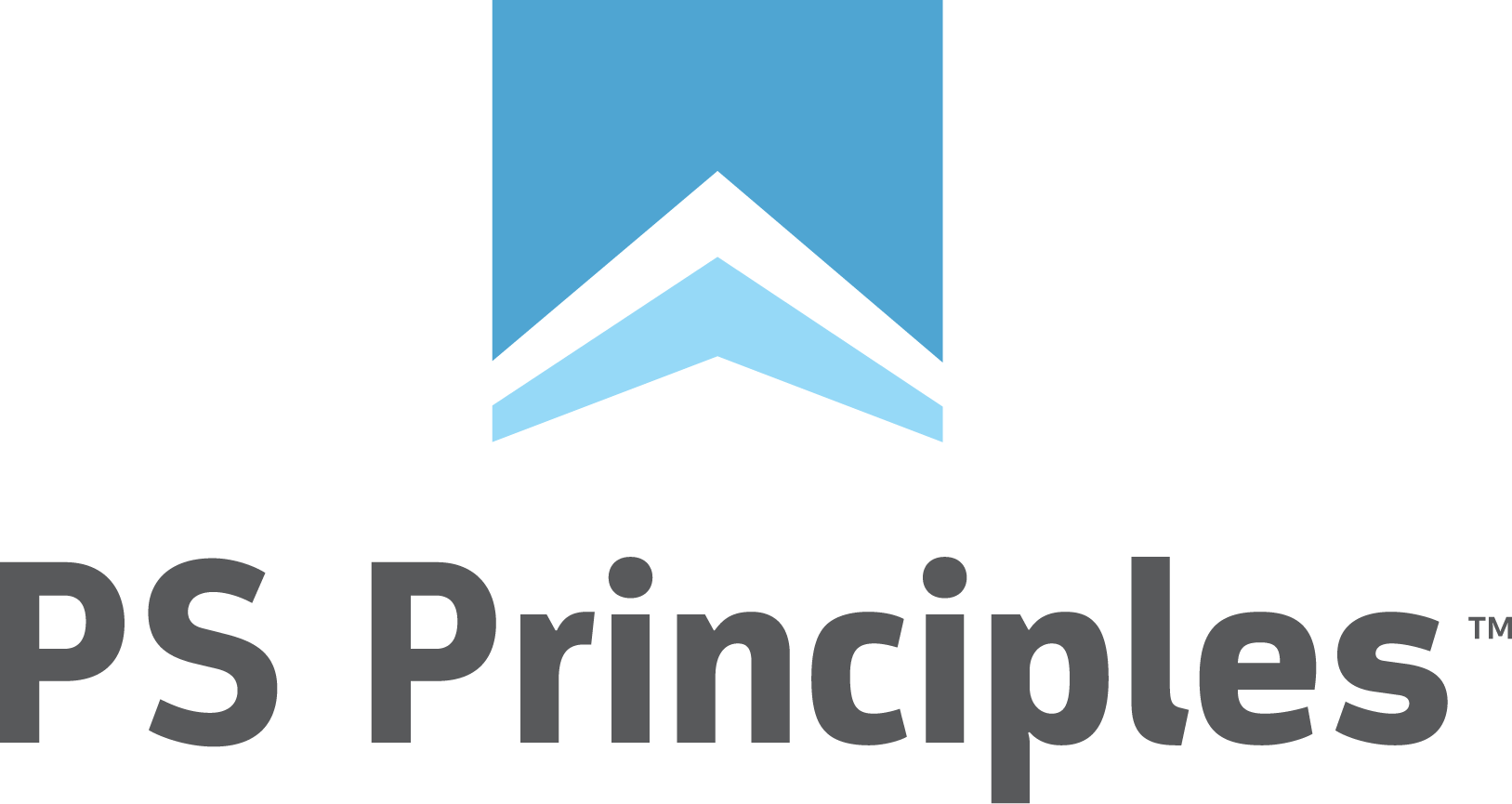Selling Professional Services


As a part of our Rethinking Professional Services Webinar Series, we address how we sell services. Below is a blog summary of the webinar.
Selling is Hard & Professional Services is Hard
I spent far too much of my early professional services days ruining deals. I've never claimed to be good at selling when I first started. I had to learn it. My dad was a salesman and, like most kids, I didn't pay a lot of attention to what he was trying to tell me because he sold car parts and not computer games. The fact is, that I missed out on some pretty valuable stuff. Fast forward into my first 7 years in the service delivery business and I learned the hard way. You close deals or you die.
I took this lesson to heart and moved from a CTO role to the head of sales in a dying start up to see if I could make an impact. Of course, I discovered how hard it was. I was trying to sell $1M content sponsorship deals in Australia at the end of the tech bubble crash. Eventually, I worked it out. I sold some great deals, but like many start up stories at that time, it was too little too late. The lesson, however, was that selling is an art and it takes an immense amount of patience, skill and tenacity to move every deal forward every day. It's like trying to wrestle a bull to the ground. You rope it, you jump on it and grab it by the horns hoping to God that it doesn't kill you in the process.
That same metaphor applies to delivering complex projects. It's not just hard. It's ridiculously hard. The numbers bear this out to be true. In last week's Rethinking Professional Services, I used some professional services success rate data to pose a question as if it were a different industry.
"If your builder told you that your new home would cost $500,000 to build, but there was a 30% chance it would be a complete failure and a more than 40% chance that his estimate was completely off. Would you move forward and sign the contract?"
Of course not. Yet, these are the odds facing our sales teams when they try and close software deals that need implementation or when closing professional services deals for consulting firms. The numbers are scary. Very scary. From a sales perspective, we handle this by building a wall between Sales and Professional Services in the hope that the customer doesn't see the carnage on the other side. For the most part, the Services team obliges because they don't want to get caught up in the sale anyway. From both sides, it's a reasonable response to the situation, but it's also very flawed.
It's a Small Scary Door in a Very Big Wall
Customers are well aware of the myth and legend of the demons on the other side of the wall. As a result the very small door we walk them towards during the sales process scares them to death. They want a glimpse on what's on the other side before they will commit. Wouldn't you?
As a result, the customer runs a weird battle to win their affections as their sole escort beyond the wall as away to discover the honest truth. How bad is it? Will you be able to keep me safe?
But, for every customer thrust there is a vendor parry. We've become very good at deflecting the customers desire for the truth to prepared references, flashy marketing materials and so on. It's a seemingly endless duel where the game keeps changing but the results remain the same.
A Slightly Different Narrative
What if we reversed the thinking a little. Instead of denying the carnage on the other side we accepted it. The reality is, it isn't carnage. The obscurity of the wall makes it appear much worse than it is and allows for the creation of folklore and myth. The bodies scattered across the path to Mt. Everest don't stop others trying to summit because, to them, it's a risk that's worth the reward. The same can be said for the realities of project delivery. Yes, it's very difficult, but it isn't impossible and the risk is worth the potential outcome. If both parties know what they are getting into then the journey has a much greater chance of success. If you train well for the final ascent to Mt. Everest's peak and you listen to your guides, then you have the highest chance of making it back alive. Instead of leading customers to a small door in a big wall, what about leading them to base camp and handing them over the expert guides that will lead them the rest of the way?
Journey Selling
I call it Journey Selling, but it works very much like The Challenger Sale, but it specifically focuses on how a Sales team can acknowledge the challenges of a technology implementation project while also using evidence from the field to illustrate that those challenges can be overcome. It uses the idea of evidence-based marketing to bring the field into the sales process without actually asking the consultants to sell. The idea of which, is a brick wall I still find companies beating their metaphoric heads against. It's no easier to get a consultant to sell than it is to get a sales person to implement a project. It's a massive amount of effort for a minor (at best) win. A better result could easily have been achieved by enhancing what each team was already good at.
Let Sales sell and let Services lead the client to an outcome despite the SOW. What the customer wants during the sales cycle and what it needs by the end of the project, are two entirely different things.
I used this approach for many years now with a higher rate of sales success and customer success. It works because it allows us to take the challenges that our services teams are very good at overcoming and uses that as an evidence-based selling tool that identifies real challenges that the customer has to overcome. It creates credibility with facts rather than with the usual marketing. Of course, it isn't fool proof and it's still marketing. But for now, it's an approach that can separate you from the myriad of replicated sales pitches. It walks right up to the customer, stares them in the face and says, "Yes. It's dangerous out there, but we represent your best chance of successfully making it and getting back alive."
Isn't that, what the customer wants to buy?
NEXT WEBINAR: Optimizing the Role of PS in a Software Company
